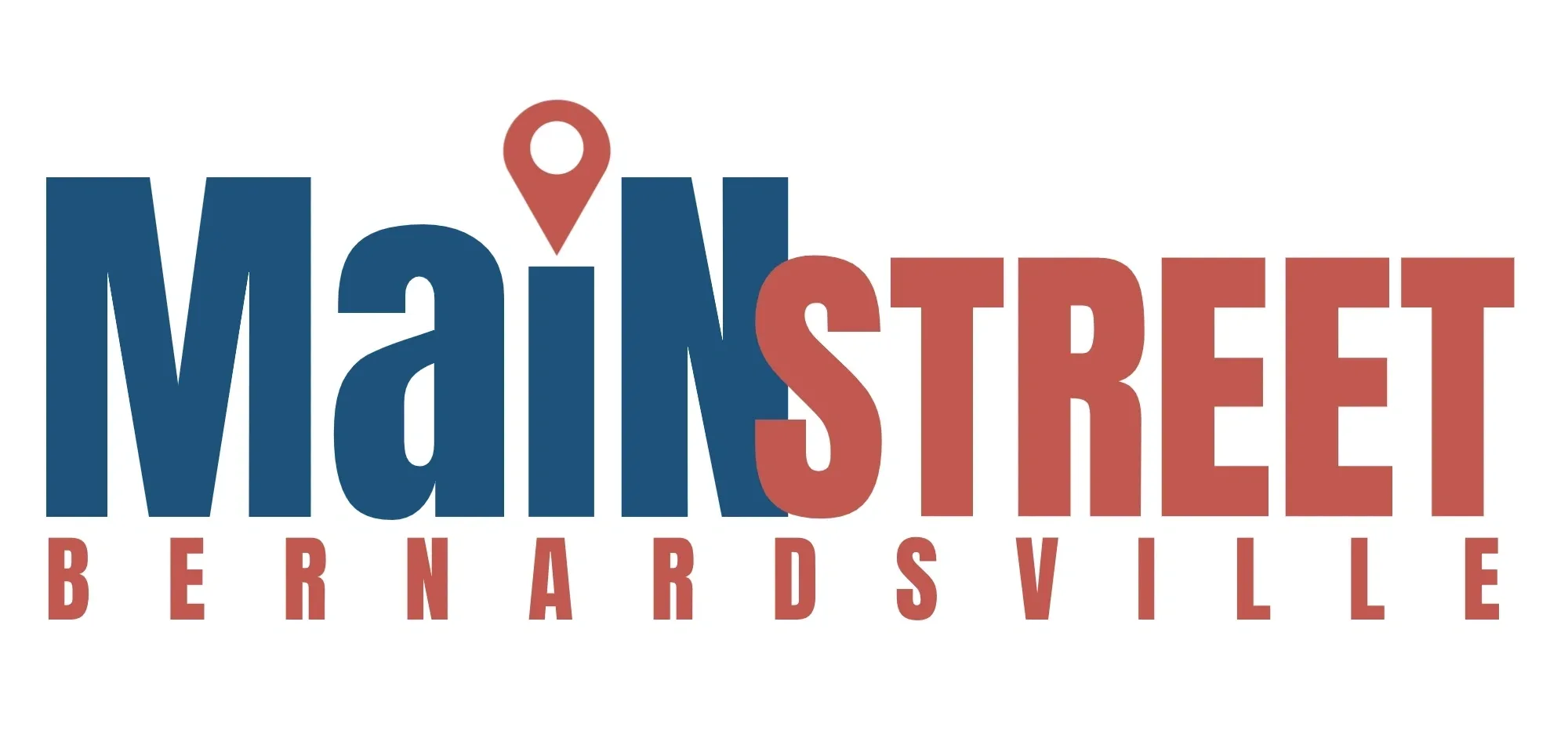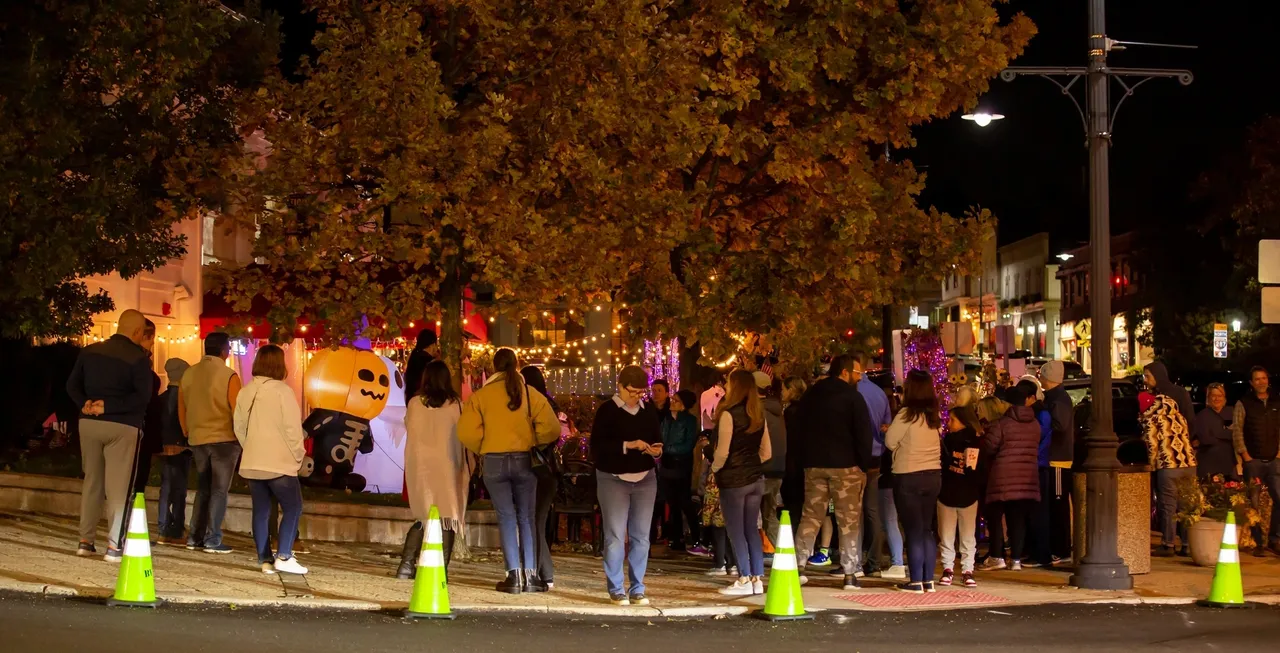Improvement Districts are historically a challenging program to introduce. The initial instinct for most businesses is to shout from the rooftops: No taxes! But the reality is that improvement district legislation declares BIDs as assessments, not taxes.
An assessment provides 100% of the revenue received to the department, organization, or project from which it is being assessed in the first place. In the case of the BID, 100% of the funding goes to the organization supporting the business community. Taxes are collected and distributed over an array of local government operations, including salaries of government staff, among other things.
What would a BID do anyway? Well, the specific answer for Bernardsville needs to be clearly defined. However, here is a list of what could be done should this program move forward. Roughly $175,000 annually could cover costs for several projects determined by a Board comprised of business owners and commercial property owners and overseen by the Borough Council. The council approves the annual budget, and the board organizes projects, events, and programs conducted by the Executive Director.
Here are some high-level programs a BID could achieve:
- Business Development and Attraction: Successful BIDs focus on attracting diverse businesses to create a vibrant and appealing commercial environment. They may offer incentives for businesses to set up shop in the district and actively recruit retailers, restaurants, and services that cater to residents and visitors. E.g., Small business Bootcamp program to encourage entrepreneurs to have guidance for opening their business. Additionally, create reports and infographics packed with data to attract and recruit businesses in the district that the community wants.
- Community Engagement: Engaging with the local community is crucial. Successful BIDs involve residents, business owners, and other stakeholders in decision-making. They seek input on improvement projects, events, and initiatives to ensure they align with the community’s preferences and needs.
E.g. With the Main Street Program, we already offer engagement activities, community surveys, and more to encourage widespread awareness and involvement. - Beautification and Maintenance: BIDs often prioritize cleanliness, maintenance, and aesthetic improvements. We could invest in landscaping, street cleaning, and the upkeep of public spaces to create an inviting atmosphere that encourages foot traffic.
E.g., Taking the responsibility of weed clean up off the business and property owners and diverting the work to our team so it is done regularly and often. - Marketing and Promotion: Effective marketing and promotion strategies help raise awareness of the district’s offerings and events. Successful BIDs use social media, websites, email campaigns, and traditional advertising to attract visitors and shoppers. E.g. Weekly or monthly “Business Highlight” posts, creating promotional campaign strategies for the district, including paid advertising, consistent delivery of emails and posts, among other tactics.
- Events and Programming: Organizing events and programming plays a significant role in bringing people to the district. Farmers markets, street fairs, music festivals, and cultural events help create a sense of vibrancy and community.
E.g. Bringing more events closer to the commercial district and adding more shopping-specific events in all areas of the district. Enhancing events like Haunted History or Ladies Nights that genuinely bring bodies into the district. - Public Safety and Security: Ensuring a safe environment is essential for attracting residents and visitors. Many successful BIDs invest in security measures, such as enhanced lighting, surveillance, and partnerships with local law enforcement.
E.g. Bernardsville’s state highway causes safety concerns for walkability. Working with experts to navigate a safer district is a crucial program to consider. Shifting the conversation from parking and traffic to walking and general safety is important so we can see more people walking around town, to ultimately shop in our stores. - Infrastructure and Accessibility: BIDs often work to improve the district’s infrastructure, including sidewalks, streets, and public transportation access. Ensuring ease of access and walkability can boost foot traffic and enhance the overall experience. E.g. Sidewalk repairs are crucial in many areas of the district. Ensuring the repairs are made and encouraging walkability only contributes to more people likely to stop in a store or visit a restaurant.
- Collaboration with Local Government: Collaboration with local government agencies is critical to obtaining resources, approvals, and support for improvement projects. Successful BIDs often maintain a positive working relationship with town officials and leverage their expertise.
E.g. Ensuring the examples stated above are completed and done more timely than what governments may be limited to do. - Support for Small Businesses: Small businesses are the backbone of many BIDs. BIDs would provide resources, training, and promotional opportunities for local entrepreneurs to foster a thriving business ecosystem.
E.g. This starts with our understanding of what you need. Completing the needs assessment survey sent in May 2023 is a first step. Without knowing what support you need, we can’t make it happen for you. - Long-Term Planning: Successful BIDs have a clear and comprehensive vision for the future. Long-term planning ensures that improvements are sustainable and aligned with the district’s identity and goals. E.g. With approval to proceed, we anticipate a first session in October 2023 to give 2024 a head start.
- Data-Driven Decision Making: Data collection and analysis help BIDs make informed decisions. Understanding foot traffic patterns, customer preferences, and economic trends can guide their strategies.
E.g. We intend to conduct a walkability study to establish actual safety concerns and understand what needs may be. We have also connected with Arterial, a consultant whose expertise is the navigation of districts to ensure the safety of pedestrians. - Adaptability and Innovation: The most successful BIDs are adaptable and open to trying new approaches. They continuously assess their efforts, learn from successes and failures, and adjust their strategies accordingly.
This is not a one-and-done program. The goal is to demonstrate value, even beyond what we have been able to do with Main Street, and take what we learn and expand. Each year is an opportunity to grow and build on the previous year’s efforts.
We have done a lot over the years. The events we have put together, promotions, weed cleanup, projects, and more all contribute to the growing effort of Main Street Bernardsville. We are far from done, and we hope for this support so that we can do more, hire a team to help get these things done and support the business district in ways we never could before.
We know the idea of a monetary assessment is challenging. Most properties or businesses will pay under $1,000 annually for the abovementioned items. To offer some perspective, hiring a marketing company for your business would cost upward of $5,000 or more in a year, possibly per month. This allows the entire commercial district to benefit from services at a fraction of the cost. Consider the positive impact of an improvement district and how it will benefit the community and your business, not only the dollars involved in the process.

